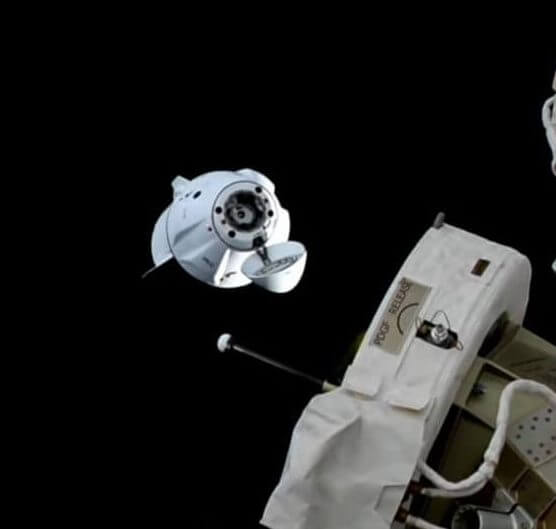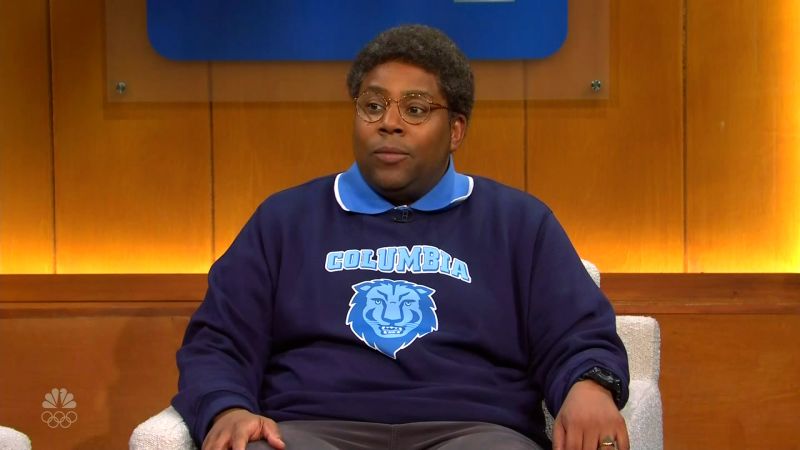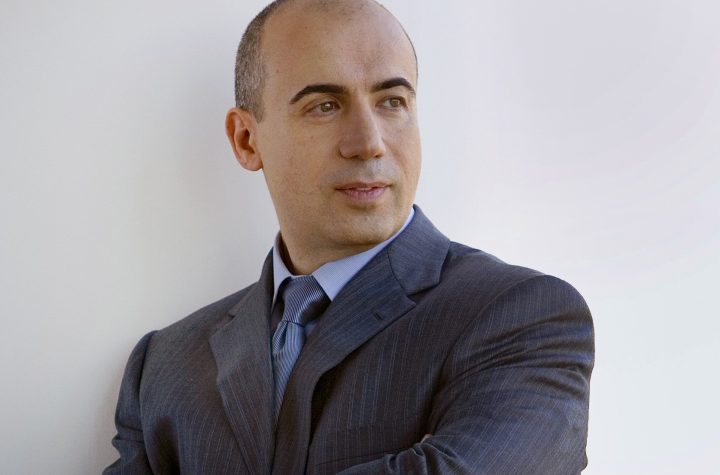According to Blackmagic Design, Season 6 of the classic RTL2 series Beyond Belief: Fact or Fiction was filmed on the Blackmagic URSA Mini Pro 12K.
Holger Flick, showrunner and founder of Superama Filmproduktions GmbH, and cinematographer Edward Sarano Jr. discuss the creative process of RTL2’s Beyond Belief: Fact or Fiction, the challenges in producing it, and in an exclusive interview, he commented on the technology that made the season possible:
Mr. Sarano Jr.:I met Holger Fleck through a mutual friend, and later during an interview I expressed my knowledge and enthusiasm for the original series from the 1990s. I joined the team shortly after and have been immersed in visual storytelling ever since, never wanting to go back in time.
Together with Holger and director Ben Muntz, we examined the essence of the original 1990s film in detail. We carefully examined the visual aspect, shot style, camera movement, intentions and goals of each director. This allows each short story to have its own unique visual elements while keeping the same general framework.
Nick Ramsey, who was responsible for filming the fifth season, collaborated with Sarano Jr. The stories were diverse and filmed in a single day, and the needs of each story had to be met. .
The film reveals five stories in one hour, none of which has a logical explanation, and some of which are based on facts. It is up to the viewer to decide which stories are realistic and which are fictional.
These series are set in a variety of locations, bringing unique opportunities and challenges, Sarano Jr. said.
Mr. Sarano Jr.:Each location has its own unique requirements, but the most challenging location by far has to be on a ranch in the Santa Clarita Mountains. It was very difficult to shoot in temperatures exceeding 38 degrees Celsius.

The two worked closely together to determine how to shoot the camera and create a view-specific lookup table used to fine-tune the image in post-production.
Mr. Sarano Jr.:We discussed how to shoot with cameras this season, including how to use filters to express different eras and influences.
During the eight-day period, Nick worked with other directors while I prepared for the final week of the show.
To maintain a consistent look and feel throughout the series, the filming process was based on original visuals from the 1990s. This includes the use of filters, bluish moonlight, a certain level of fog, accent lighting on props and the placement of decorations to build a look consistent with the ’90s vibe.
Mr. Sarano Jr.:Although inspired by the original, we also experimented with different shooting styles, including pivot camera, still camera, zoom, handheld camera, and moving cameras. We chose camera movements that heightened the actors’ performances and the emotional aspects of the characters and each story.
Filming with the Blackmagic URSA Mini Pro 12K and the Blackmagic Pocket Cinema Camera 6K Pro added a new dimension to the final season.
Mr. Sarano Jr.:This photo was taken with the main camera URSA Mini Pro 12K, Angenieux EZ 1 and 2 T2 Zoom, and a Canon 30-300. I also used a gimbal-mounted Pocket Cinema Camera 6K Pro. I have attached a Sigma prime lens to this. I also used different Schneider and Tiffen filters to get the desired look.
After extensive testing to determine the optimal visual style for the film, taking into account data management, storage and post-production requirements, the production crew decided to shoot different scenes at different resolutions.
Mr. Sarano Jr.:For scenes with built-in visual effects and night scenes, we used 12K 5:1 or 8K 5:1. For general settings and daytime shots, I mainly used 8K 8:1. We then adjusted the high frame rate to the needs of each story.

According to showrunner Holger Flick, using the URSA Mini Pro 12K has had both imaginative and financial benefits.
Mr. Frick:The ability to shoot in 6K, 8K and 12K simplifies decision making on set. It was especially useful when framing shots during tight shooting schedules. Additionally, there was no need to use the B-camera for reshoots or close-ups while filming Jonathan Frakes.
As an eight-episode television show on a limited budget, using Blackmagic cameras allowed them to spend more money on the subjects they photographed.
Pre-production and testing took place over three days, examining various factors such as noise level, exposure range and compression quality. After some fine-tuning in DaVinci Resolve Studio, a display-specific color correction lookup table was created to ensure a consistent look throughout the series.
Managing the rush on set was a major challenge in managing production data.
Mr. Frick:We estimated that we would end up with about 60TB of data over the course of 44 days of shooting.
Since the film needed to start editing in Munich at the same time as filming began in Los Angeles, the company built a system to automatically dispatch agents each day.
Mr. Frick:I have been using Blackmagic Proxy Generator app continuously while backing up data continuously. Using Blackmagic Cloud Pod, we synchronized the monitoring folder with Dropbox and made the materials available to our German employees the next day.
The raw 55TB of footage per episode was managed using Blackmagic Cloud Pod network storage installed in three locations. With the project library hosted in Blackmagic Cloud, the company’s editors, VFX artists, and color designers were able to collaborate in DaVinci Resolve Studio throughout production.
Season 6 of Beyond Belief: Fact or Fiction is a testament to creative collaboration. The filmmakers have created a stunning film that pays homage to the original while pushing the boundaries of storytelling.


“Travel maven. Beer expert. Subtly charming alcohol fan. Internet junkie. Avid bacon scholar.”








More Stories
The Crew Dragon spacecraft moves on the International Space Station in preparation for the arrival of the Sorae space gate site
Instantly launch the desired function by long pressing on the iPhone app icon – Tested with 40 apps – Impress Watch
A full gameplay commentary video has been released for the latest SteamWorld series “SteamWorld Heist II”, which was released on August 8th «doope! Local and international game information website